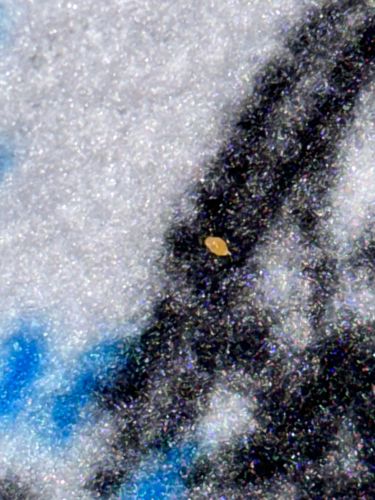Booklouse
Scientific Name: Liposcelis spp. (Liposcelis bostrychophila is a common species)
Order & Family: Psocoptera, Liposcelididae
Size: 0.5 - 1.5 mm

Natural Habitat
Warm, humid environments, often found indoors in books, paper, food storage areas, and on walls or furniture. They thrive in damp conditions.
Diet & Feeding
They feed on microscopic molds, fungi, starches, glues, binding materials in books, cereals, and other organic matter. They do not bite humans or pets.
Behavior Patterns
Booklice are small, fast-moving insects that are often mistaken for mites due to their size. They are most active in high humidity. They reproduce quickly, especially in favorable conditions, and can be found in large numbers if the food source and humidity levels are adequate. They are wingless or have very reduced wings.
Risks & Benefits
Risks: Considered a nuisance pest when found in homes, libraries, or food storage areas. They can cause damage to books, paper products, and food items by consuming mold or the materials themselves. They do not transmit diseases to humans or pets. Benefits: In natural environments, they play a role in decomposition by feeding on fungi and organic debris. However, in human dwellings, their presence indicates high humidity conditions that could also encourage mold growth.
Identified on: 9/5/2025